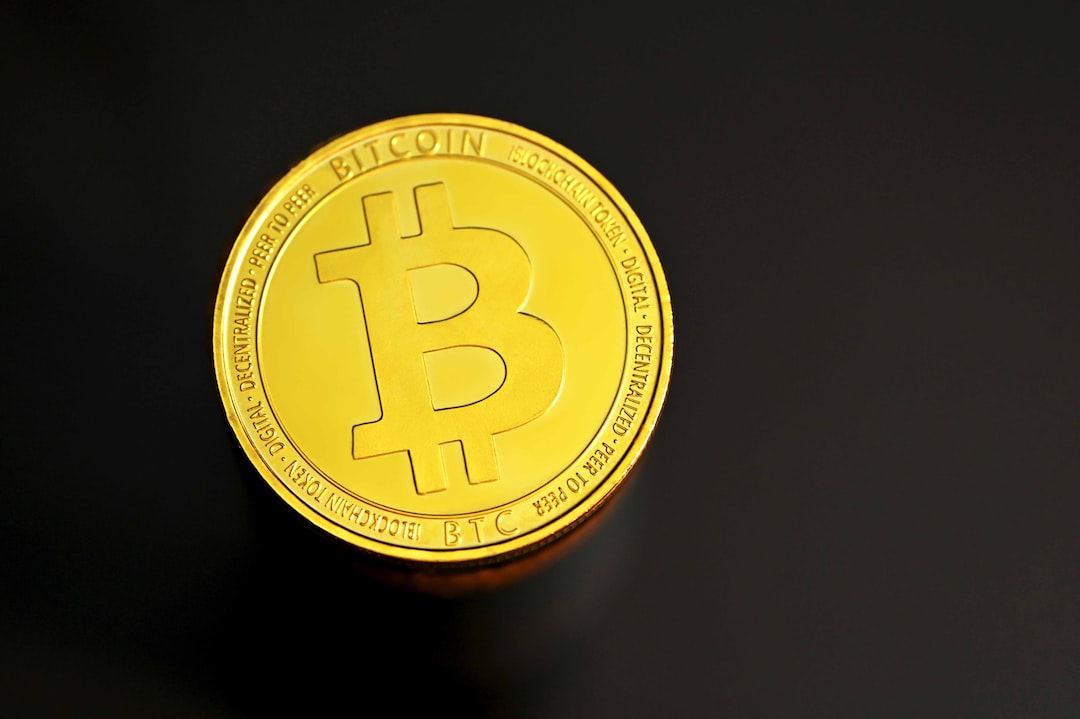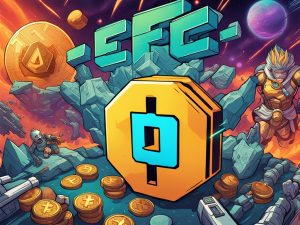Blockchain Network Congestion: Explained
When there are more pending transactions than the network can handle, blockchain networks become congested. This is caused by limited block sizes and the time it takes to construct a new block. As a result, transactions are delayed and processing times slow down when there is a high volume of transactions that exceed the network’s capacity to confirm them quickly.
Factors such as increased usage, high transaction volumes, and events like initial coin offerings (ICOs) can strain the system and lead to congestion. During busy periods, users may choose to pay extra fees to prioritize their transactions, which further raises expenses. Additionally, congestion makes transactions more expensive and less efficient, negatively impacting the overall user experience.
However, blockchain networks are continuously working on improving scalability and reducing congestion-related issues through protocol updates and layer-2 scaling solutions. These initiatives are essential for widespread adoption as they enhance the robustness and effectiveness of blockchain networks even during times of heavy demand.
The Importance of Efficient Blockchain Transaction Processing
The widespread use and integration of blockchain technology across industries rely on efficient transaction processing. Scalability is a key advantage of blockchain networks as it allows them to handle large volumes of transactions quickly and concurrently.
Efficient transaction processing eliminates scalability issues present in traditional systems, ensuring smooth operations even during periods of high usage. It improves network performance by reducing latency and congestion, enabling real-time transaction validation and confirmation. Furthermore, it lowers transaction fees, making blockchain technology more affordable for individuals and businesses.
Effective blockchain processing also ensures swift, secure, and tamper-proof transactions in industries where data security is crucial, such as finance, healthcare, and supply chain management. The speed at which blockchain processes transactions plays a significant role in the development and adoption of new technologies.
Causes of Blockchain Network Congestion
Several factors strain the processing capacity of blockchain networks, leading to delays and higher transaction fees. A large number of transactions that exceed the network’s capacity can overwhelm the processing power, causing delays in transaction confirmation.
As blockchain technology becomes more widely used, the increased number of individuals and companies making transactions contributes to network traffic. Decentralized applications (DApps), decentralized finance (DeFi) platforms, and the execution of smart contracts all place a burden on the network’s resources and cause congestion.
Events like initial coin offerings (ICOs) and token sales further congest the network with transactions. Additionally, malicious actors can disrupt the system by sending a large number of low-value transactions. Physical restrictions in the network architecture, such as poor internet connections, can also impede data flow and cause congestion issues.
Consequences of Network Congestion
One immediate consequence of network congestion is delayed transaction confirmations. Services that rely on timely payments or transactions are affected when a network is crowded, as transactions take longer to process. For example, Ethereum’s network experienced severe congestion during the CryptoKitties boom in 2017, resulting in transaction delays.
High demand for transaction processing leads to higher transaction fees. Users often bid higher fees to expedite their transactions during congestion or a backlog. This increase in fees can make transactions more expensive, especially for smaller ones. In 2021, the Ethereum network faced congestion due to high demand for DeFi apps, causing transaction costs to skyrocket.
DApp user experience is also impacted by network congestion through slow transaction processing. Prolonged congestion and a poor user experience may discourage users from interacting with DApps, potentially leading to user abandonment and affecting DApp success.
Developers may need to allocate more resources to improve DApp performance during congestion, diverting resources that could have been used to enhance user functionality or experience. This delay in development can hinder the overall progress of the DApp.
Strategies to Address Blockchain Network Congestion
Optimizing transaction fees is one strategy to prevent unnecessary bidding wars during congestion. Users can set reasonable costs to avoid overpaying. Developers can implement layer-2 solutions, such as rollups for Ethereum and the Lightning Network for Bitcoin, to offload some transactions from the primary blockchain.
Increasing the number of transactions executed in each block and enhancing block propagation methods can boost throughput. Switching to more efficient consensus algorithms like proof-of-stake reduces computational load and allows blockchain networks to handle more transactions.
Sharding, as implemented by the Ethereum blockchain, is a crucial tactic for addressing network congestion. Dividing the blockchain into smaller parts creates shards that can process transactions independently, greatly increasing network capacity through parallel processing.
Encouraging DApp developers to improve smart contracts and code can reduce unnecessary network load. By combining various techniques, blockchain platforms can reduce traffic and ensure smooth transaction processing, enhancing the user experience.
Hot Take: The Impact of Blockchain Network Congestion
Blockchain network congestion poses significant challenges for users and developers alike. Delayed transactions, higher fees, and slower processing times affect various industries relying on timely and efficient transactions. The scalability and efficiency of blockchain technology are crucial for its widespread adoption.
To address congestion issues, blockchain networks must continue working on improving scalability through protocol updates, layer-2 scaling solutions, and innovative approaches like sharding. Efficient transaction processing plays a vital role in enabling real-time validation, reducing fees, and ensuring secure transactions across industries.
Developers should focus on optimizing transaction fees, implementing off-chain solutions, enhancing block throughput, and exploring efficient consensus algorithms. By combining these strategies, blockchain networks can overcome congestion-related challenges and provide a seamless user experience, paving the way for the mass adoption of blockchain technology.





 By
By
 By
By

 By
By

 By
By